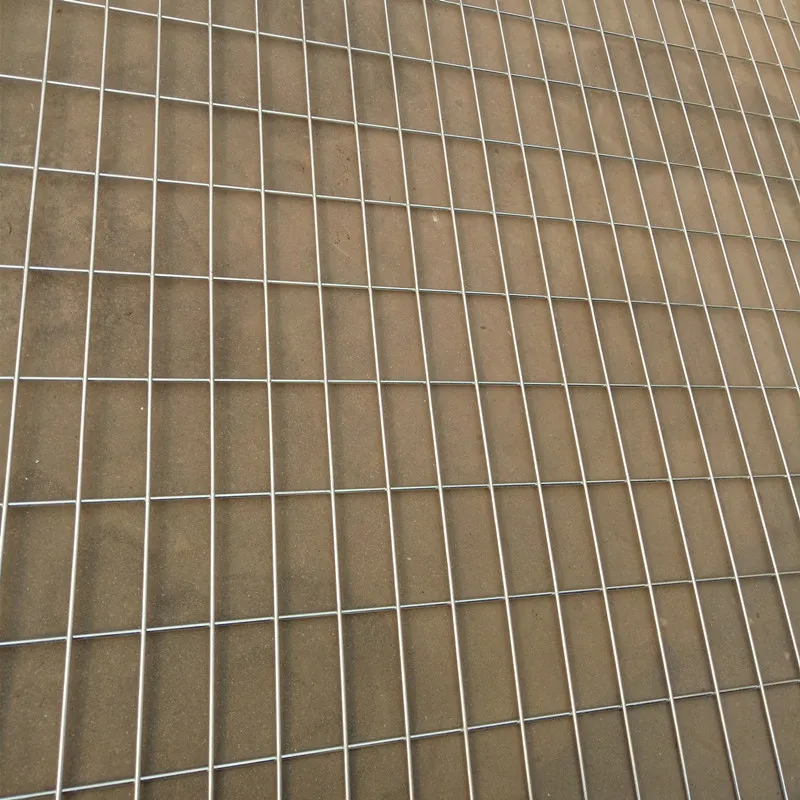The remarkable versatility of 304 stainless steel expanded metal makes it an exceptional choice for various applications, offering unparalleled benefits in both industrial and architectural settings. Known for its superior corrosion resistance, excellent strength, and formability, 304 stainless steel serves as the ideal material for expanded metal products, propelling its popularity across a multitude of sectors.

304 stainless steel expanded metal is created by simultaneously slitting and stretching a solid sheet of steel. This process transforms the material into a lattice of diamond-shaped openings, significantly enhancing its strength-to-weight ratio while maintaining the sheet's overall dimensional integrity. As a result, expanded metal provides a lightweight yet robust solution that meets specific design and structural requirements.
An area where 304 stainless steel expanded metal shines is in architectural applications. Its open design allows natural light and air to flow through, making it perfect for modern curtain walls, sunscreens, and building facades. This not only maximizes energy efficiency by reducing dependence on artificial lighting and air conditioning but also contributes to the aesthetic appeal with its sleek, contemporary look. Such uses have gained traction among architects aiming for sustainable and visually captivating designs.

From an industrial standpoint, 304 stainless steel expanded metal excels due to its enduring durability and resistance to the most challenging conditions. It's a favored choice for safety grating in plants and factories, providing traction and reducing slip risks without compromising structural integrity. The material withstands harsh chemicals and high temperatures, ensuring long-term performance and reducing maintenance costs, which is crucial in optimizing operational efficiency.
Marine environments also benefit from the unique properties of 304 stainless steel expanded metal. Its exceptional corrosion resistance makes it suitable for applications exposed to saltwater and humid conditions, such as ship components and offshore platforms. This ability to endure these harsh environments demonstrates its reliability and longevity, which are critical factors in reducing downtime and maintaining safety standards.
304 stainless steel expanded metal
In addition, the material's adaptability extends to the automotive industry, where it is utilized in grilles, guards, and protective covers, combining functionality with a touch of style.
The ease with which 304 stainless steel can be fabricated into expanded metal allows for custom solutions tailored to specific vehicular needs, reinforcing its position as a versatile and high-performing option.
Furthermore, sustainability is a key aspect of 304 stainless steel expanded metal. It is fully recyclable, aligning with the growing demand for environmentally responsible building practices. This characteristic not only aids in complying with green building standards but also reduces waste and conserves natural resources, making it an appealing choice for eco-conscious projects.
Confidence in 304 stainless steel expanded metal is bolstered by the rigorous quality standards employed in its production. Manufacturers adhere to stringent guidelines and testing procedures, ensuring that the material consistently meets or exceeds industry specifications. This rigorous quality control builds trust and establishes credibility, reinforcing its status as a material of choice for demanding applications.
In conclusion, 304 stainless steel expanded metal is a superior product that offers a unique combination of strength, durability, and design flexibility. Its ability to perform under demanding conditions while providing aesthetic and environmental benefits underscores its significant role in modern construction and industrial applications. By leveraging the qualities of 304 stainless steel expanded metal, industries can achieve a balance between functionality and innovation, driving advancements in design and efficiency that are crucial in today's competitive market.
























